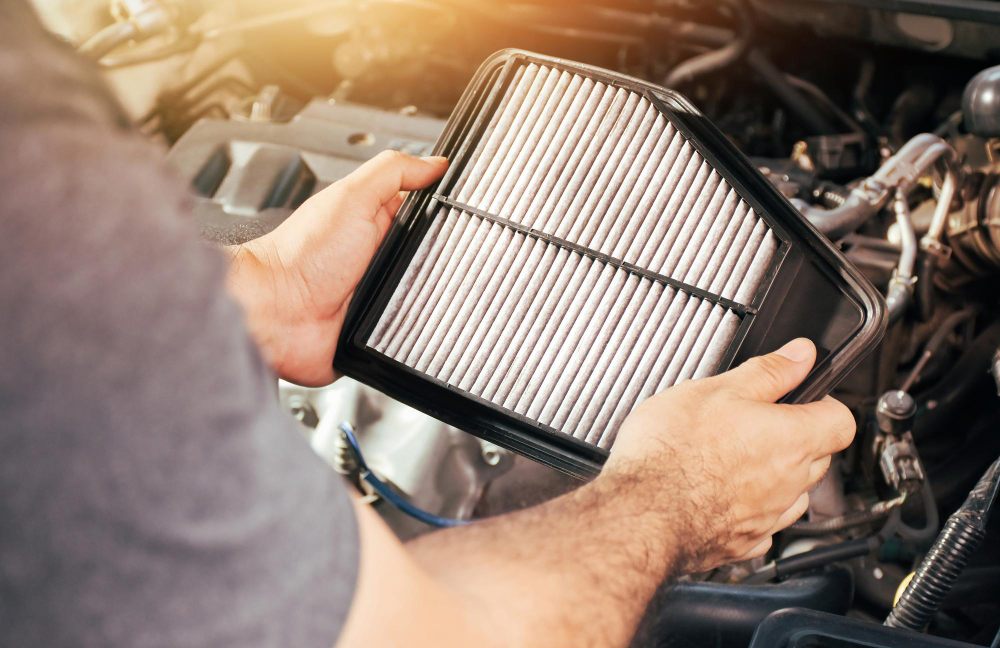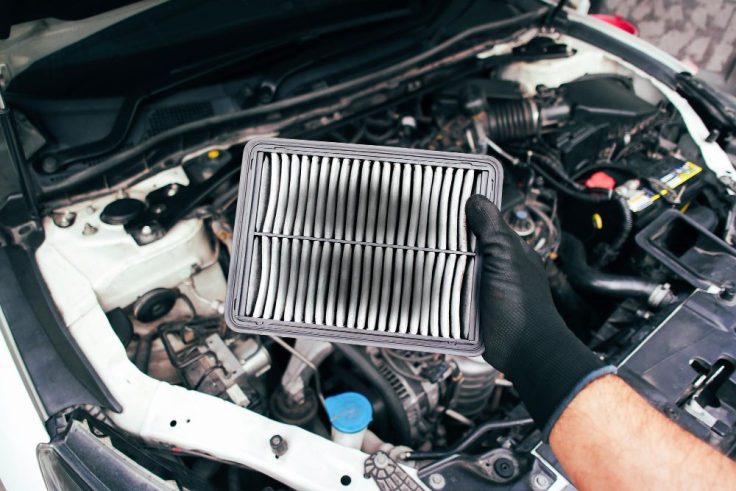Table of Contents
ToggleWhat is a Diesel Particulate Filter (DPF)?
A DPF is the main element which provides the filter for reducing harmful particles from the diesel exhaust, in this way, it is a guarantee both for nature and the vehicle’s durability.
Why DPF Cleaning Matters?
Consider the importance of consistent DPF cleaning as a prerequisite for ensuring the optimal function and protection of engine parts from ash and dust accumulation.
Knowing the correct way to clean the diesel particulate filter (DPF) can prevent rapid damage or expensive repairs. By learning the right techniques and avoiding common mistakes, you can maintain your DPF’s efficiency and durability. The complete guide on how to clean DPF filters are mentioned right below!
Step-by-Step Guide to Clean DPF
For most diesel engine vehicles, the typical DPF will usually be situated within the exhaust system. Cleaning this filter is a good way to ensure your vehicle will keep on running very efficiently and may even assist you in improving or getting better mileage.
Often, vehicle owners take a look at a dirty DPF and might think they need to fully replace the filter entirely or bring it to a shop. That doesn’t always have to be the case! In emergencies, always make sure to take your vehicle to a local mechanic to have it checked out, but if you want to know how to remove ash from DPF filters or how to clean diesel particulate filters at home, here are five simple steps to try sort of yourself.
Take Out the Filter First
In case you want or happen to need to clean the entirety of your DPF, you will have to remove the filter from your vehicle physically. Even though this might vary for different vehicles, the initial step will be to remove any surrounding plates and grills cautiously. Make sure to keep any screws, O-rings, nuts, or bolts aside somewhere where you won’t happen to lose them – perhaps like in a toolbox.
Check the Filter
When you try to test the DPF, it must first be taken out totally from the vehicle and given a quick sort of inspection. It is how you figure out how much blocked, clogged, or even damaged the filter really is. You should be able to tell if and how to clear a blocked DPF filter by examining if you see very little to no white or chrome surface of the filter and if the clogging of debris is quite intense.
Clean with Compressed Air First
A very common way to begin the process of cleaning a DPF might be to try and use high-pressure, compressed air. You can achieve this best by making use of a high-pressure cleaning cabinet, which backflushes compressed air into the filter and forces ash to dislodge.
DIY DPF Cleaning Safety Tips:
- Determine the initial weight of your DPF by weighing it before cleaning to establish a baseline.
- Ensure a tight seal by carefully positioning the DPF inside the blast cabinet.
- Activate the device to initiate high-pressure airflow into the DPF. Additional suction at the base assists in dislodging ash and debris.
- Perform the cleaning process until all contaminants are cleared. Repeat if necessary, to address any stubborn soot or ash residues.
- Once the DPF is thoroughly cleaned and unblocked, reinstall it in your vehicle to resume optimal performance.
Rinse DPF Filter Off
After you’ve successfully cleaned the surface of your DPF, make use of clean water to sort of rinse the filter off.

But how does one clean a DPF filter with water?
You should use a hose or faucet with a high-pressure nozzle and spray the DPF down with a narrow jet to thoroughly clean it out. Angle the water to shoot out through both ends; you should see a stream of dirty water coming out of the filter. Continue to rinse your DPF until this water runs completely clear.
Use A DPF Chemical Cleaner
Finally, one very quick and easy way to clean a diesel particulate filter is to use specialty-made DPF chemical cleaning solutions. For most of these cleaning additives, you won’t even necessarily need to remove the filter!
There are two different types of chemical cleaners you will come across in the market – fuel additives and spray-on systems. Fuel additives are ideal for keeping a filter unclogged from the inside during use.
They can typically be poured into the filter without actually taking it out. Spray-on systems are recommended if you have taken the filter out for cleaning to provide a deeper, more efficient cleaning by removing trapped particles that water and compressed air failed to remove.
For the best results, it is suggested that you might use a chemical cleaner at some point in sort of your at-home DPF cleaning process.
Conclusion
In short, DPF filters play a crucial role in decreasing the dangerous emissions odour. Thus, this is the responsibility of cleaners. Performing the 2 steps of demolishing the myths about DIY programs and differentiating the DIY techniques from those of the professionals would ensure the robustness and longevity of an engine’s performance.
Based on a rigid cleaning routine including detailed scrutiny, dry air, water rinsing, and decontamination chemical treatment, the efficiency of the DPF is improved. Its operational life is increased, leading to better fuel economy and environmental conservation.


